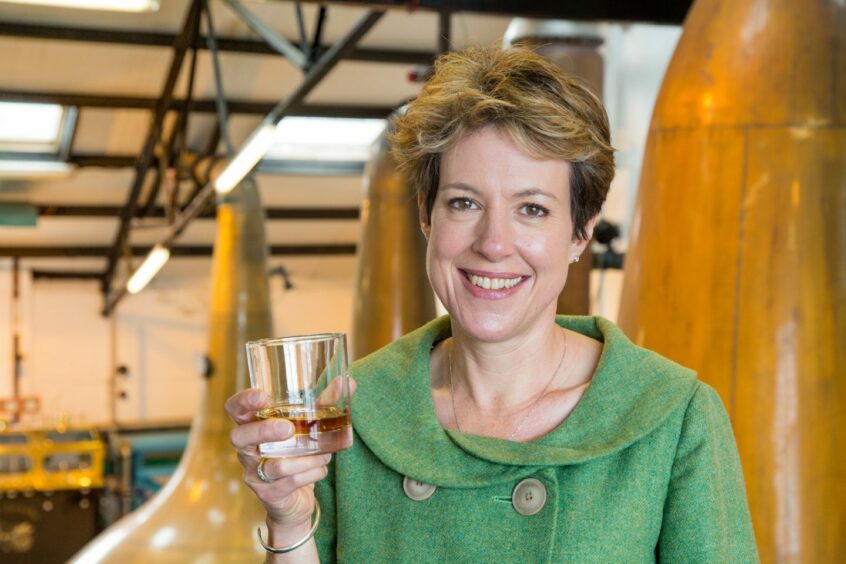Scotland’s whisky industry has cut its greenhouse gas emissions by more than 50% over the past 13 years, according to the Scotch Whisky Association (SWA).
Distilleries up and down the country have been making all sorts of changes in order to make production of Scotland’s national drink more sustainable.
From working to re-instate oysters to filter feed on Glenmorangie’s waste in the Dornoch Firth, to creating a special COP26 dram packaged in recycled materials, the world-famous industry has been working hard on its green credentials.
Earlier this year the SWA launched its sustainability strategy, to commit the sector to hitting a target of net-zero emissions from its operations by 2040.
Today, as the world turns its eyes to Scotland for COP26, the SWA has announced that Scotland’s distillers have cut greenhouse emissions from their industry by more than 50% since the base year of 2008.
The SWA also says that today, almost 40% of energy used in the production of whisky is obtained from non-fossil fuel sources.
Back in 2018, that figure stood at 28%.
Giving a dram about climate change
SWA chief executive Karen Betts said: “These are very encouraging figures to release as COP26 gets underway in Glasgow, and as the Scotch whisky industry continues on its journey to net zero.
“We still clearly have progress to make, but we are determined to reach our 2040 net zero target across the whole industry, not least as the future of one of Scotland’s most historic and successful industries depends on it, as do the people we employ and the communities in which we are based.
“As we face this next, decisive decade Scotch whisky distillers are redoubling their collaborative efforts not only to reverse the impacts of climate change but to ensure that our industry makes an overall positive impact on the environment around us.”
As well as cutting greenhouse gas emissions, The SWA has made other green pledges.
By 2025, the SWA aims to ensure that all new packaging for Scotch whisky will be reusable, recyclable or compostable.
The association also wants the industry to play an active role in the wider conservation and restoration of Scotland’s peatlands, which are crucial ecosystems in the fight against climate change.
First Minister raises a glass to industry’s green commitments
In September the SWA became the UK’s first food and drink trade association to be recognised as a partner in the Race to Zero initiative.
The initiative, approved by the UN High Level Climate Action Champions, recognises the Scotch whisky industry’s commitment to pushing towards net zero.
First Minister Nicola Sturgeon welcomed the new figures from the SWA.
She said: “COP26 is our best, perhaps only, chance to address the climate emergency and Scotland is determined to play our part in reducing emissions. We are committed to achieving net zero by 2045, and since 2008 we have decarbonised faster than any other country in the G20.
“So it is fitting that producers of Scotch whisky, one of our most internationally renowned products, have taken similarly ambitious steps to halve their emissions and adopt renewable energy, and I commend the industry for leading by example and for their membership of Race to Zero.”



